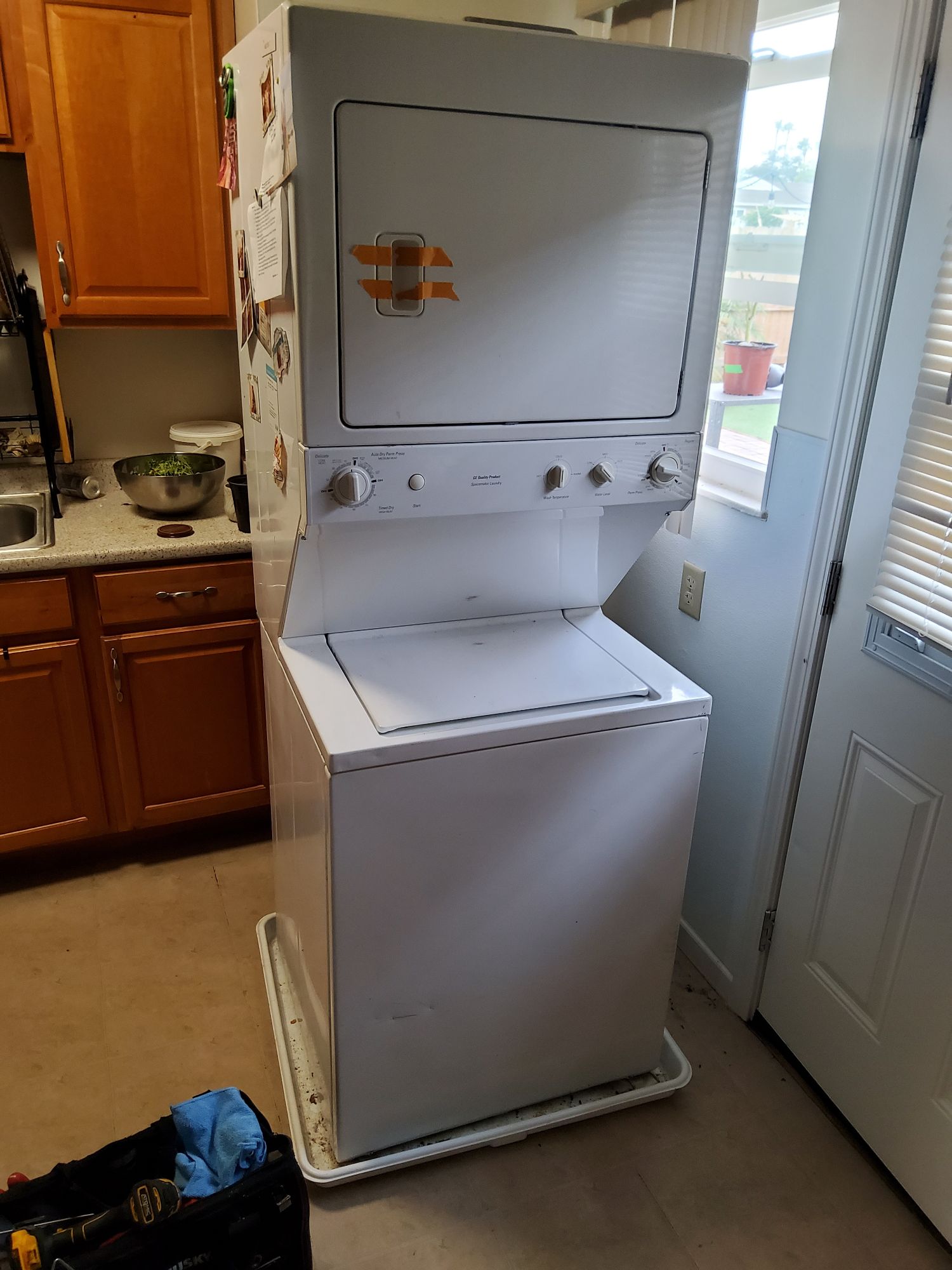
Washing machines are a household staple, essential for keeping laundry fresh and clean with minimal effort. But, when they start making loud, unusual noises, it’s not just irritating—it could indicate a problem that needs immediate attention. This guide explores common causes of noisy washing machines, troubleshooting tips, and when it’s time to call for expert help.
⠀
Common Causes of Loud Washing Machine Noises
⠀- Unbalanced Load
- Loose Drum Bearings
- Faulty Drive Belt
- Blocked Pump or Filter
- Shock Absorber Issues
- Broken Drum Spider
How to Fix Common Washing Machine Noises
⠀- Rearrange Your Laundry Load
- Check for Loose or Damaged Parts
- Inspect the Drum Bearings
- Clean the Pump and Filter
- Replace the Drive Belt if Necessary
- Consider Shock Absorber Replacement
- Call a Professional for Major Repairs
Preventing Noisy Washing Machine Problems
⠀- Avoid Overloading
- Perform Routine Maintenance
- Use an Anti-Vibration Mat
- Check for Loose Items in Pockets